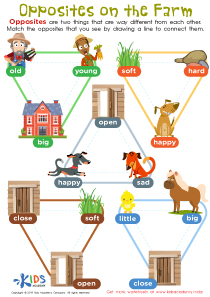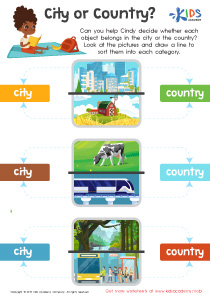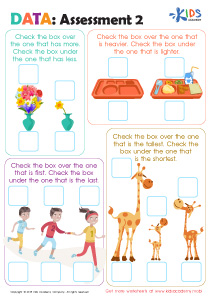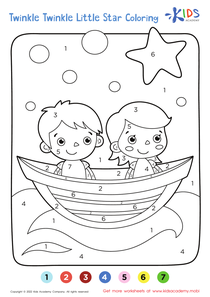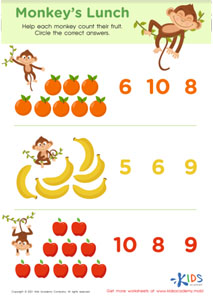Addition skills Math Worksheets for Ages 5-7
134 filtered results
-
From - To
Boost your child's math abilities with our "Addition Skills Math Worksheets for Ages 5-7". These engaging and fun worksheets are designed to lay a strong foundation in basic addition. Ideal for young learners, each sheet encourages hands-on practice with colorful visuals and interactive exercises that simplify arithmetic concepts. Tailored for young minds, these resources help develop problem-solving skills and numerical fluency. Perfect for use both in classrooms and at home, our worksheets make math enjoyable and accessible. Give your child the tools they need to succeed in math with Kids Academy’s expertly crafted addition worksheets.
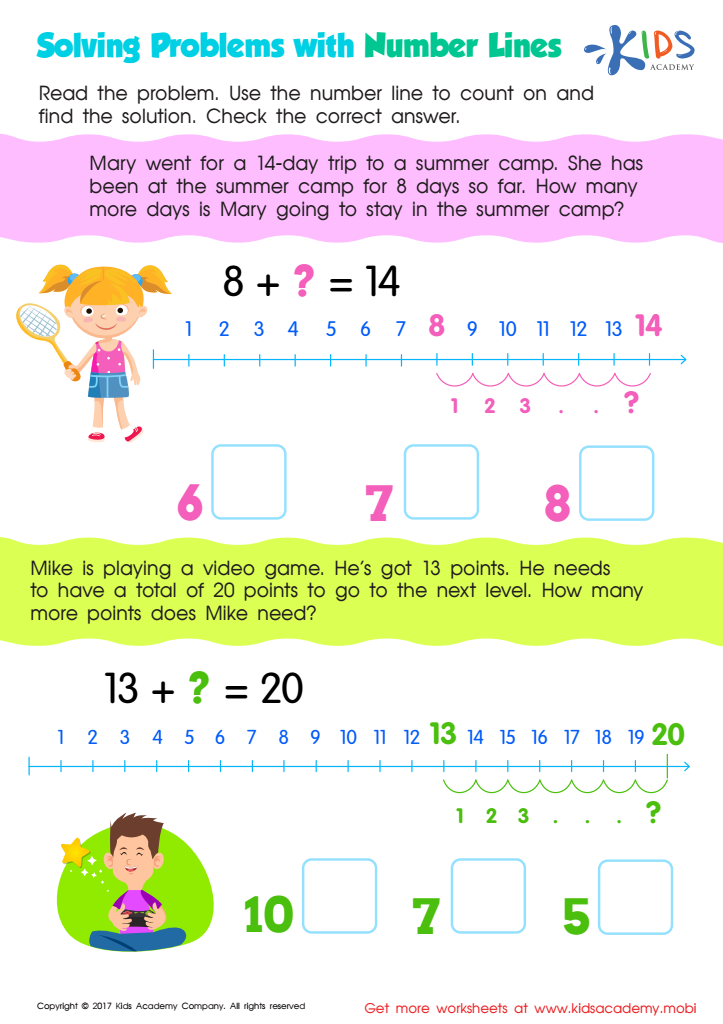

Solving Problems: Number Lines Worksheet
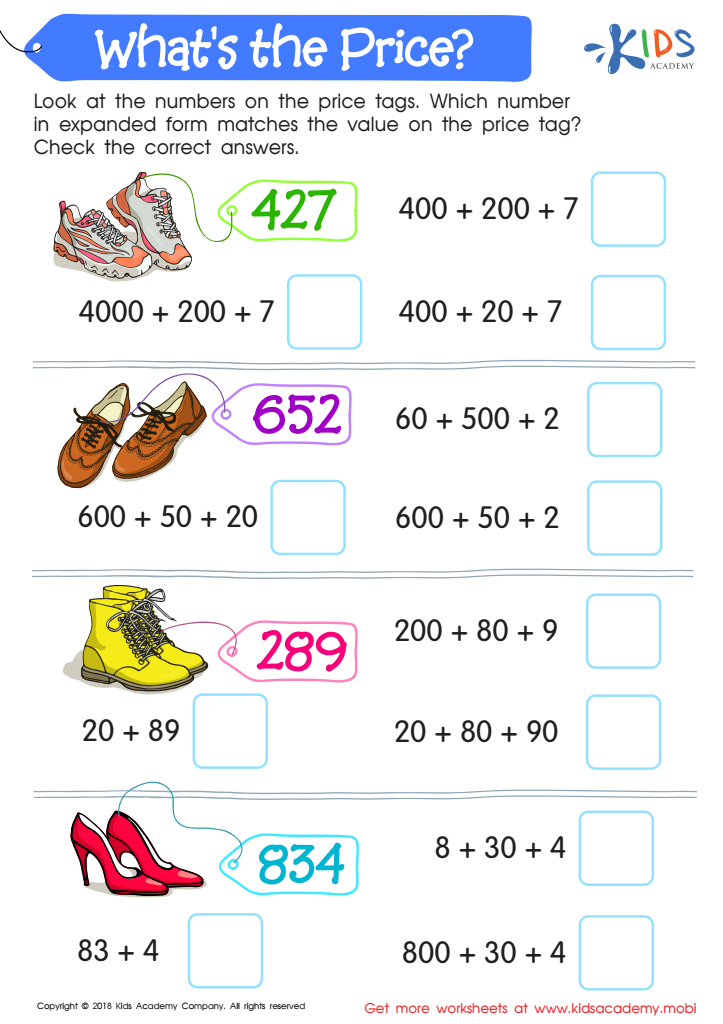

What's the Price? Worksheet
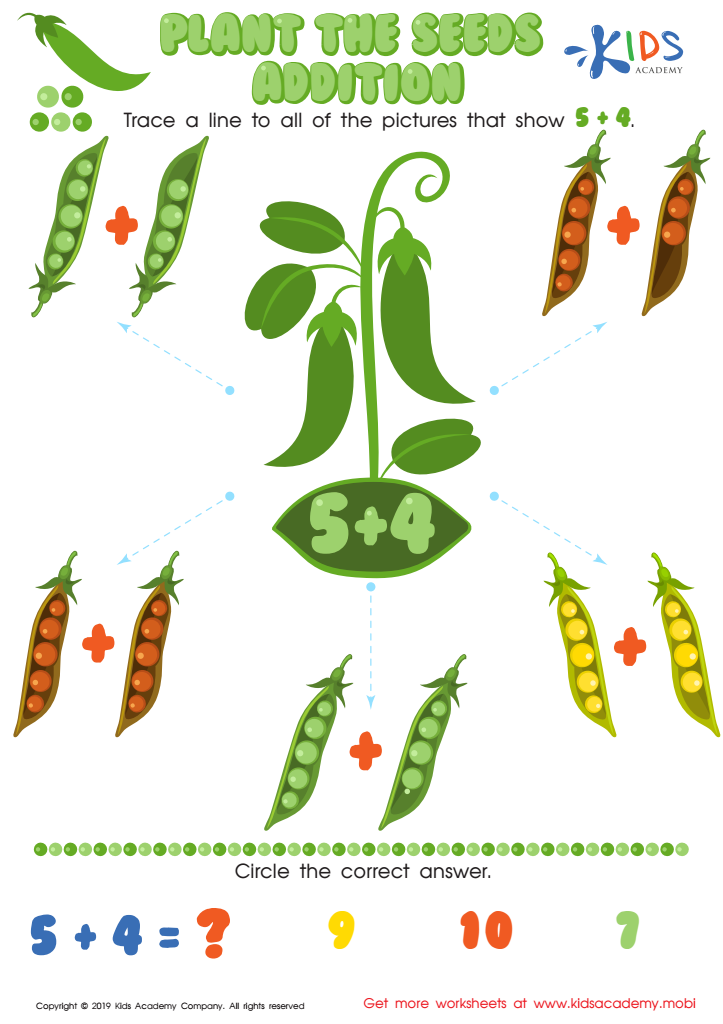

Plant the Seeds Addition Worksheet
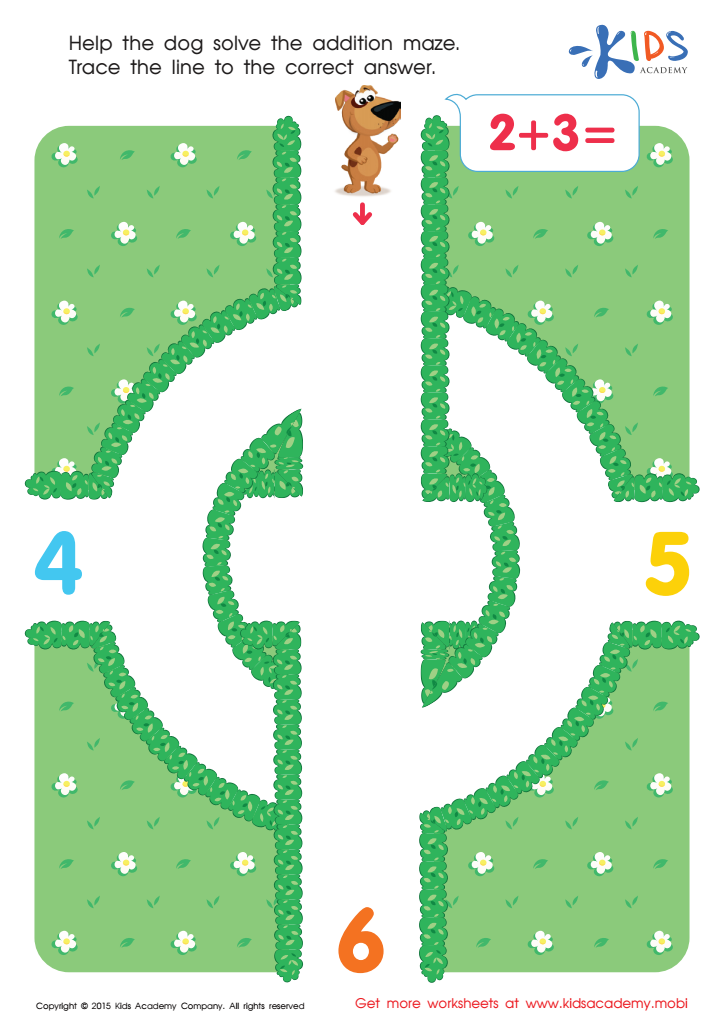

Two And Three Addition Worksheet
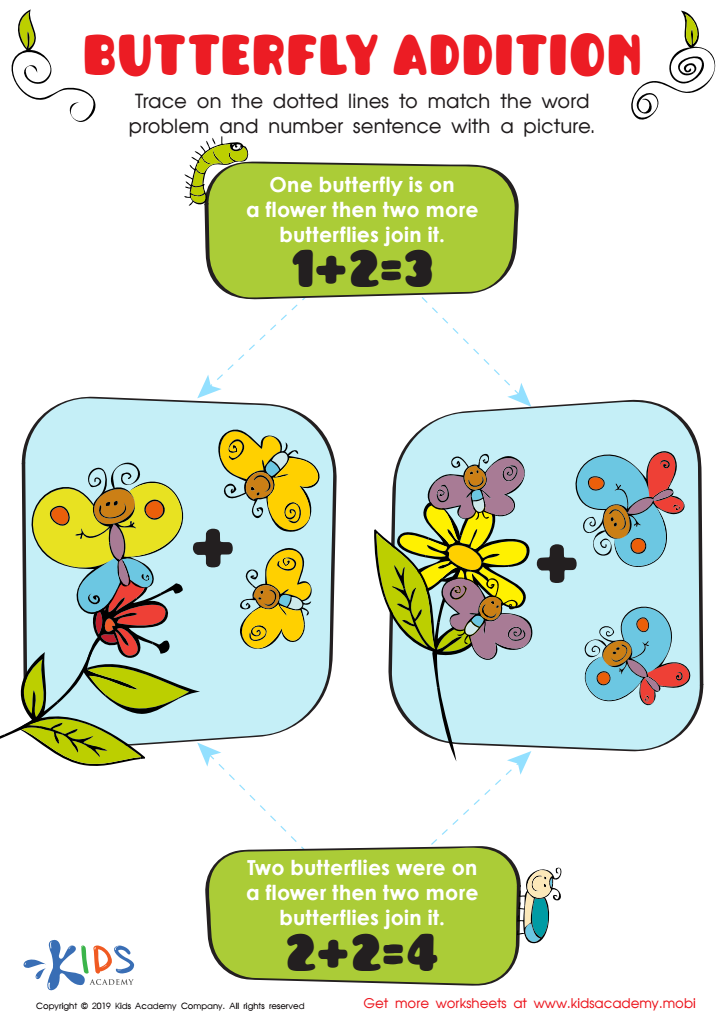

Butterfly Addition Worksheet
Early addition skills are fundamental for children aged 5-7 as they form the bedrock of future mathematical learning and cognitive development. Mastery of addition during these formative years enhances critical thinking and problem-solving abilities, enabling children to grasp more complex mathematical concepts as they progress academically. Parents and teachers should prioritize these skills to bolster a child’s confidence and provide a positive starting point in their education journey.
During these early years, children’s brains are rapidly developing, making it an ideal time to introduce and reinforce numerical understanding. Learning addition not only improves number sense but also aids in understanding relationships between quantities, setting a strong foundation for learning other operations like subtraction, multiplication, and division. Furthermore, addition skills are often applied in everyday situations, from counting objects to sharing equally among friends, thus fostering practical life skills.
Incorporating fun and interactive methods for teaching addition—such as games, stories, and visual aids—ensures that learning is engaging and accessible. When parents and teachers show enthusiasm and provide consistent support, children are more likely to develop a love for math, leading to sustained academic success and the ability to tackle more challenging tasks with ease.

 Assign to My Students
Assign to My Students
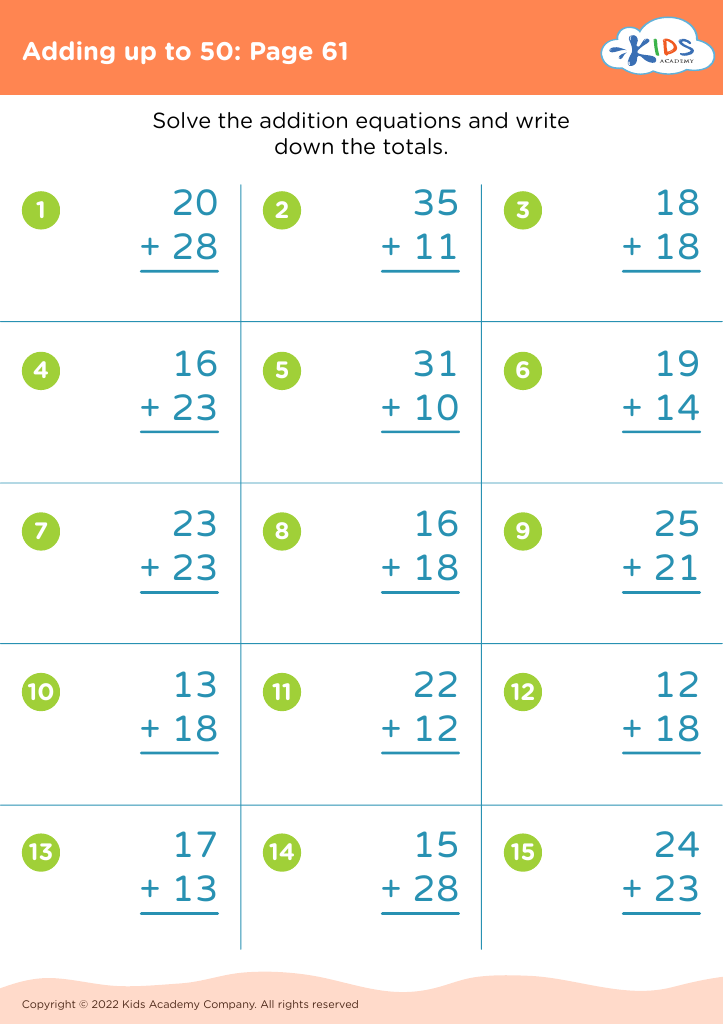
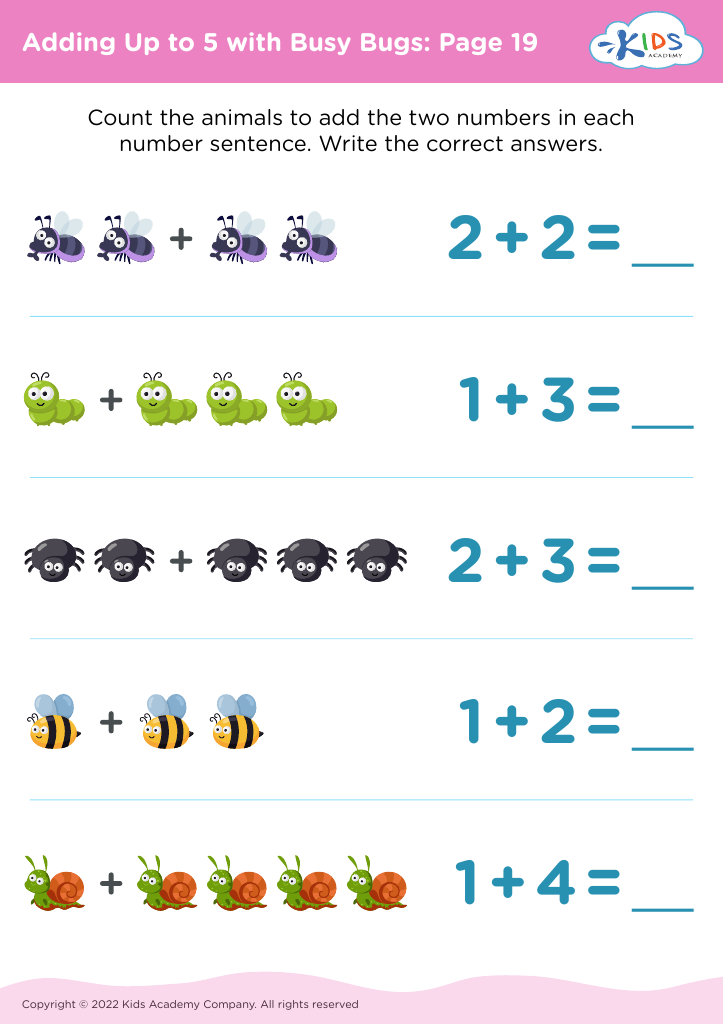
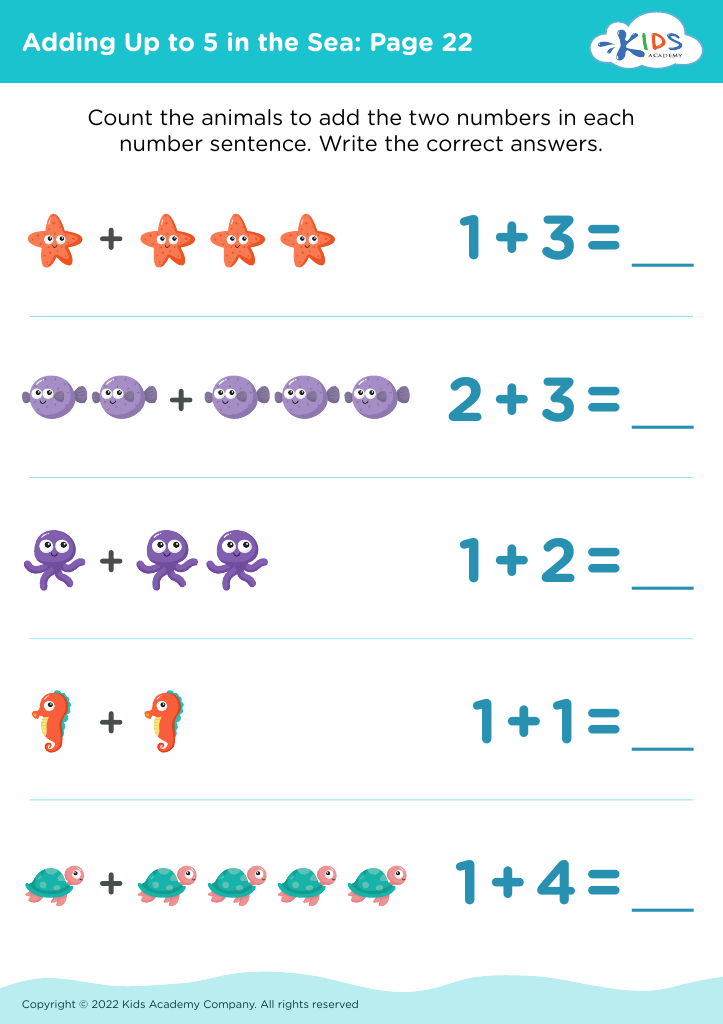
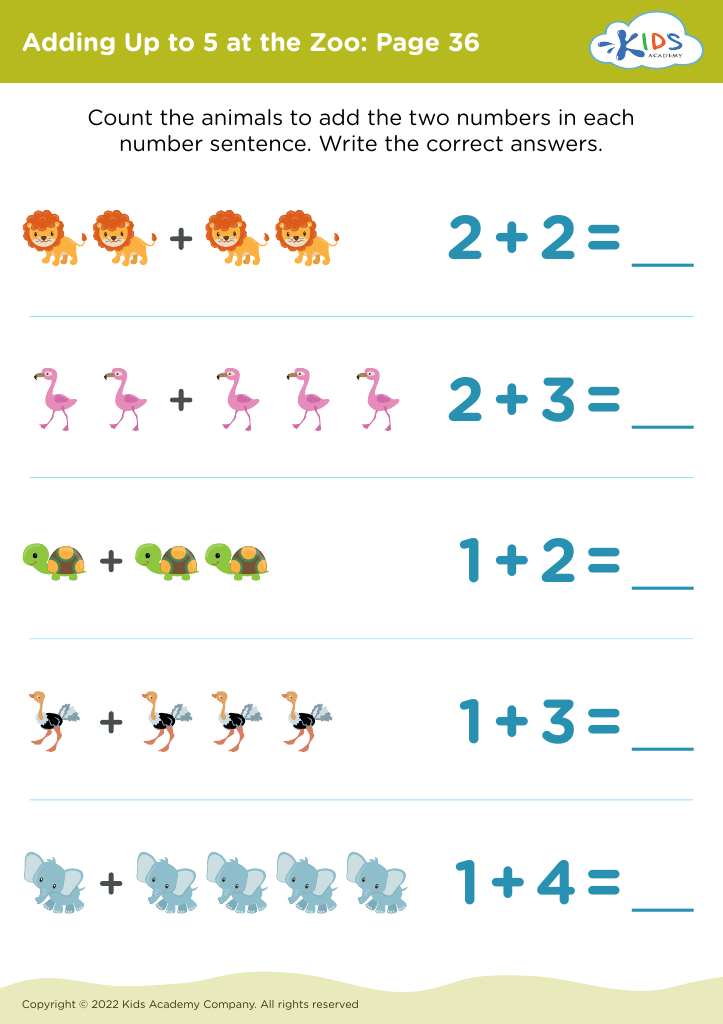

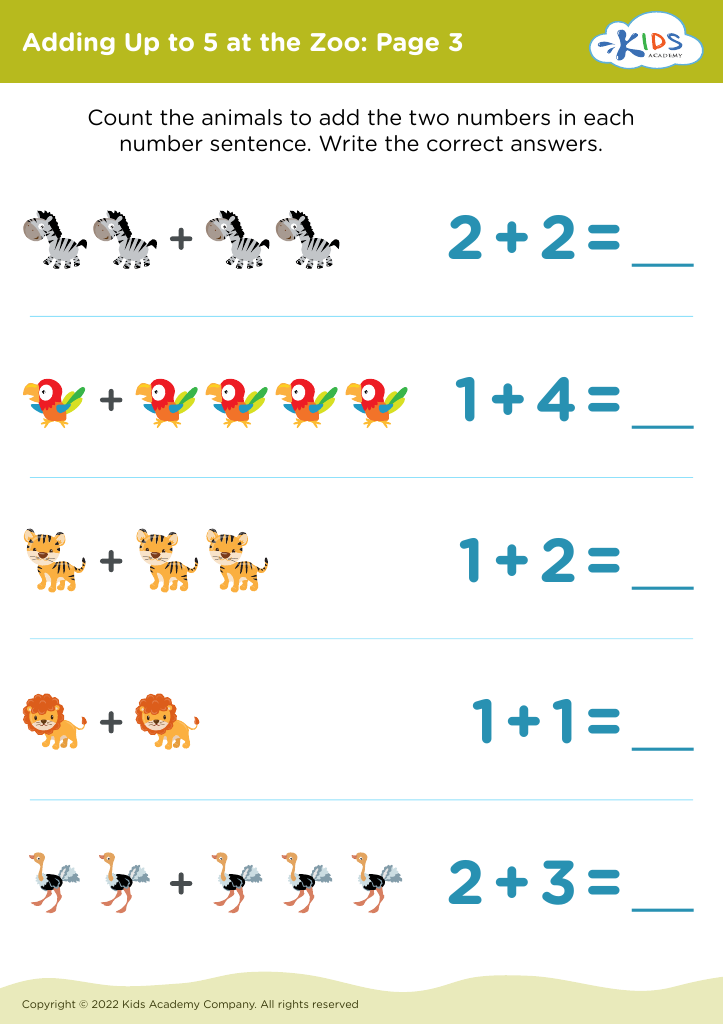
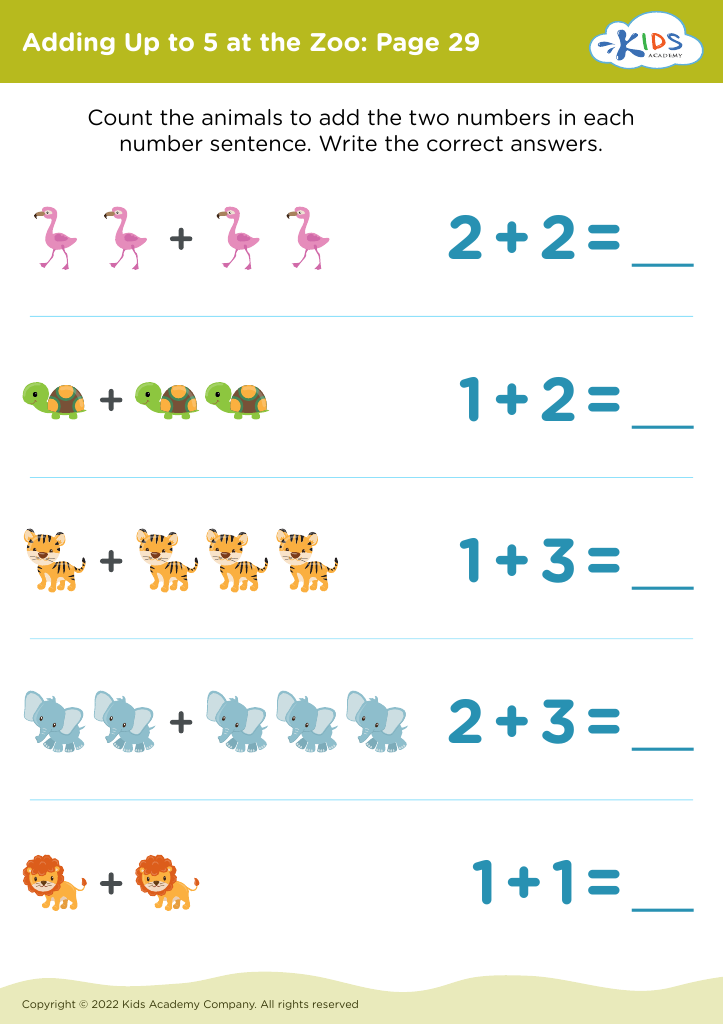
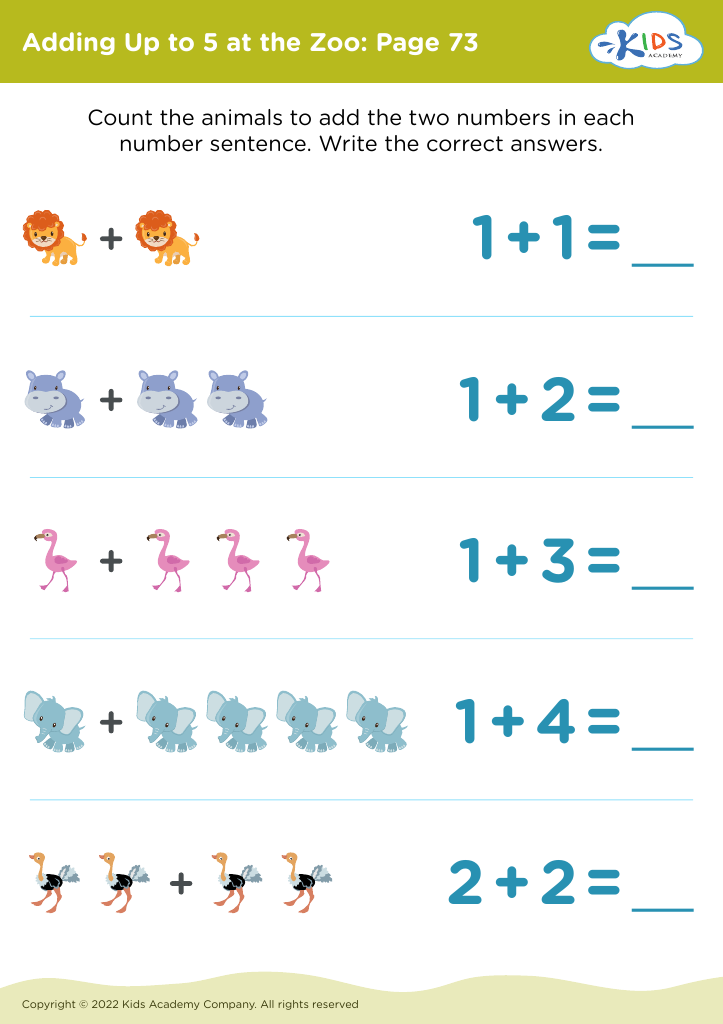
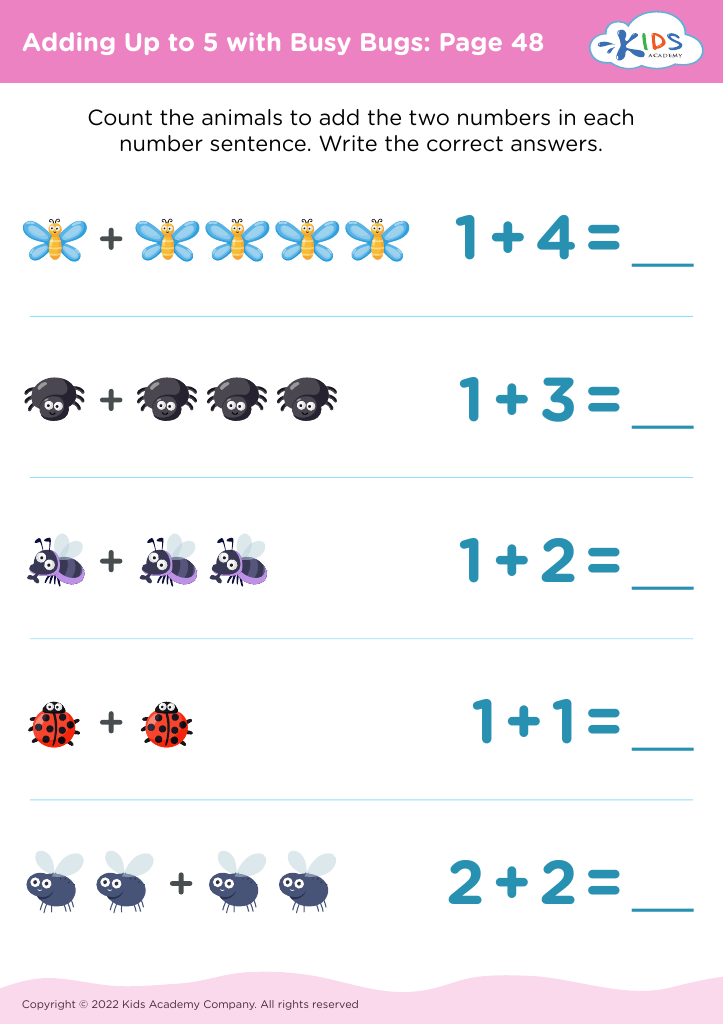
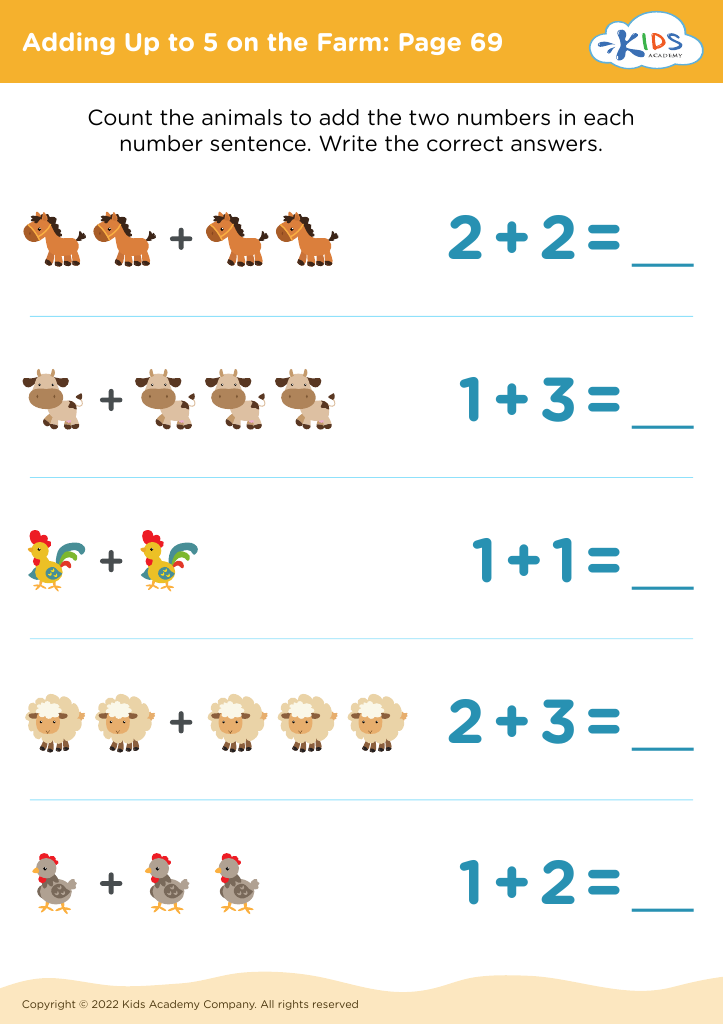
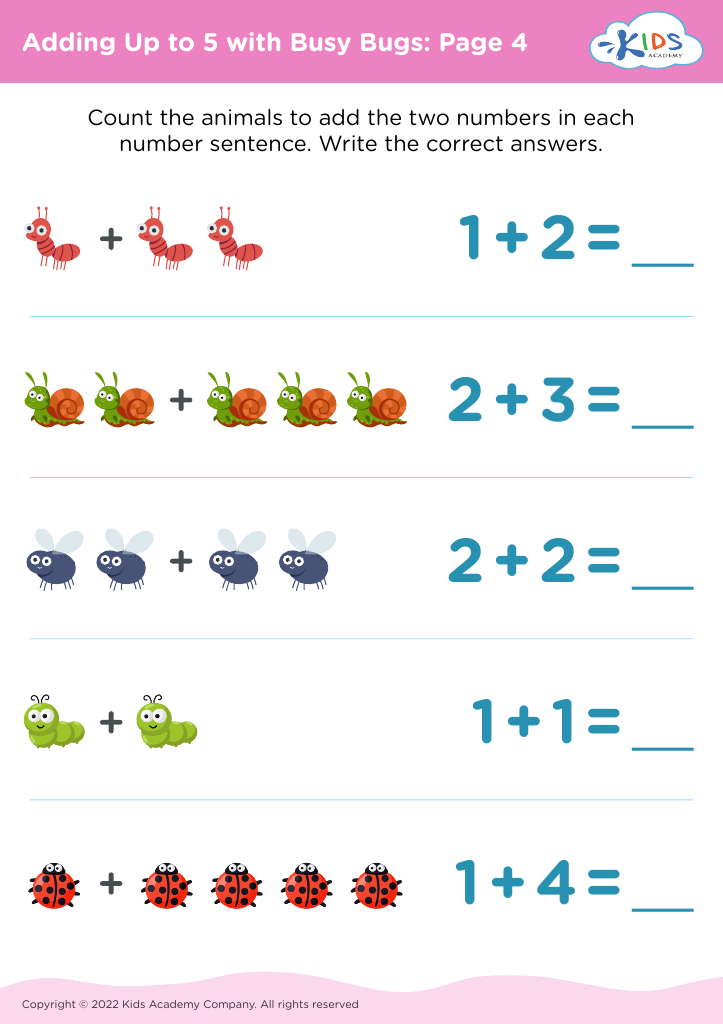
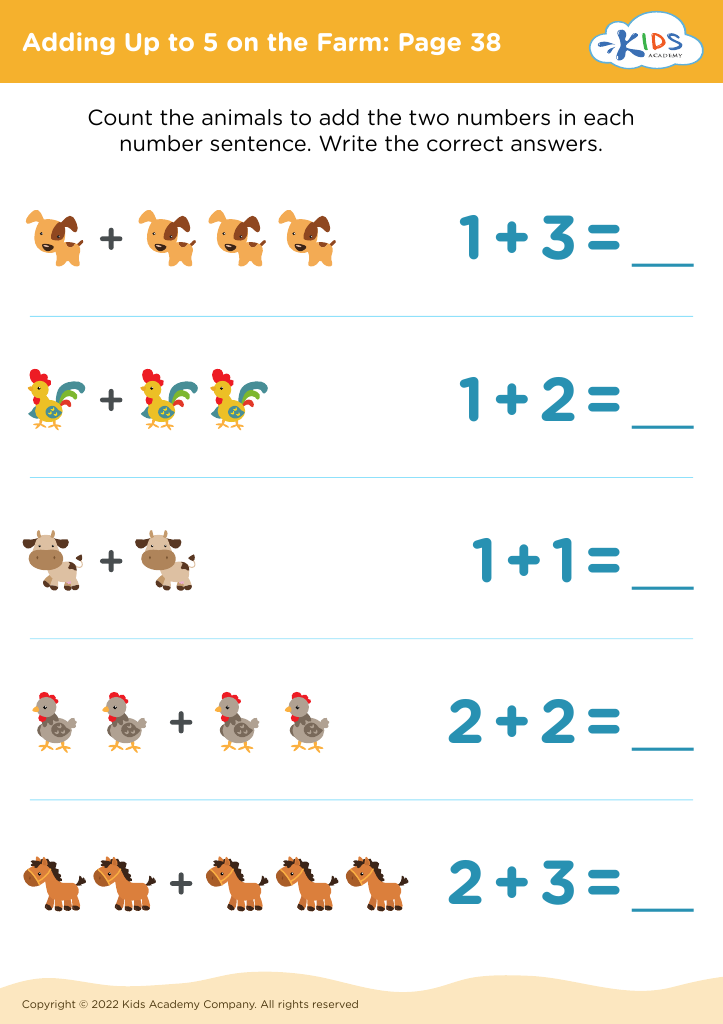
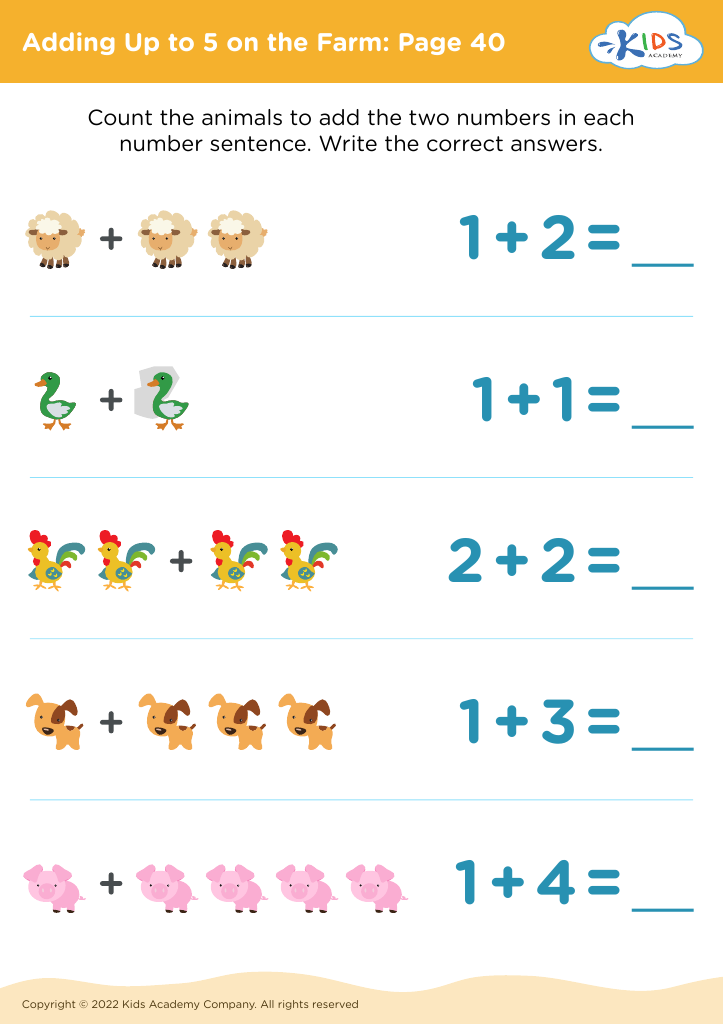
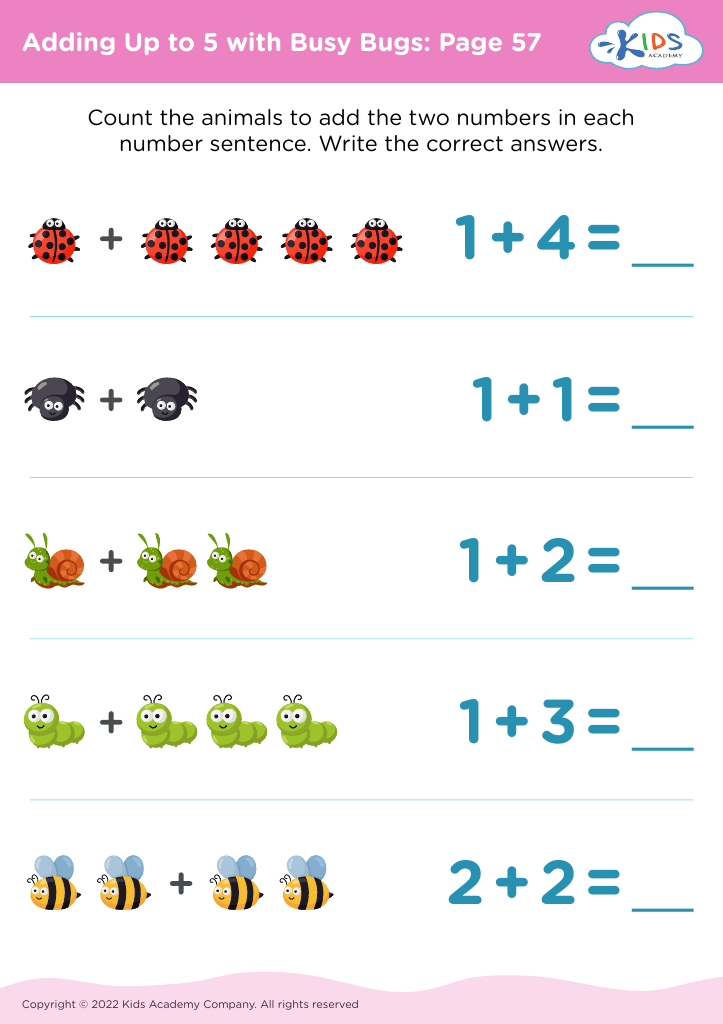
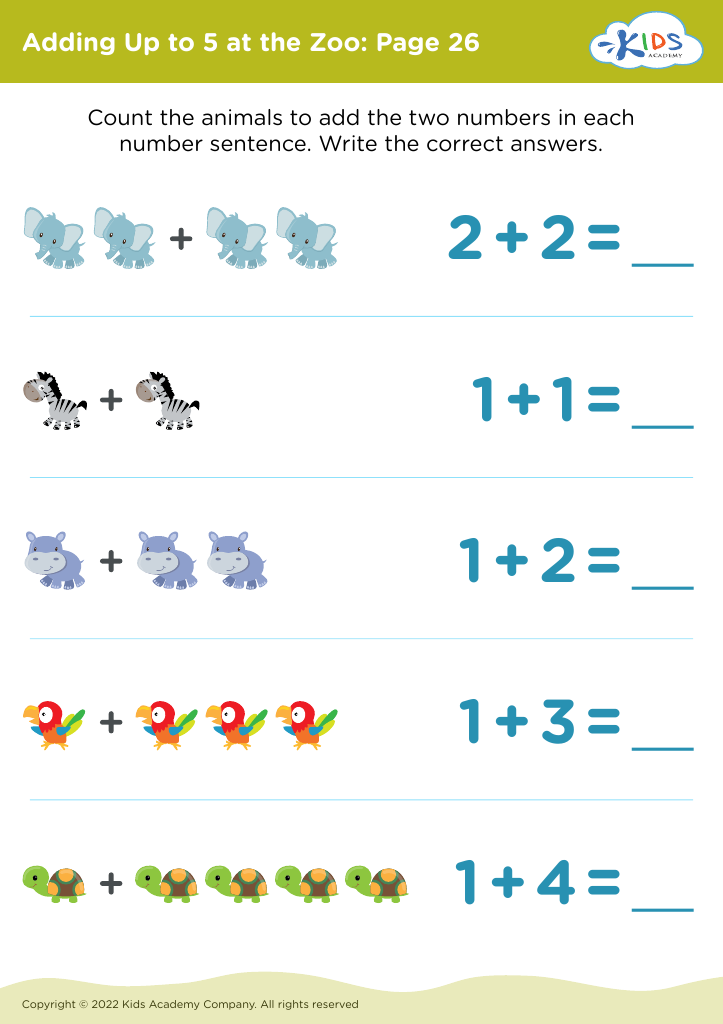
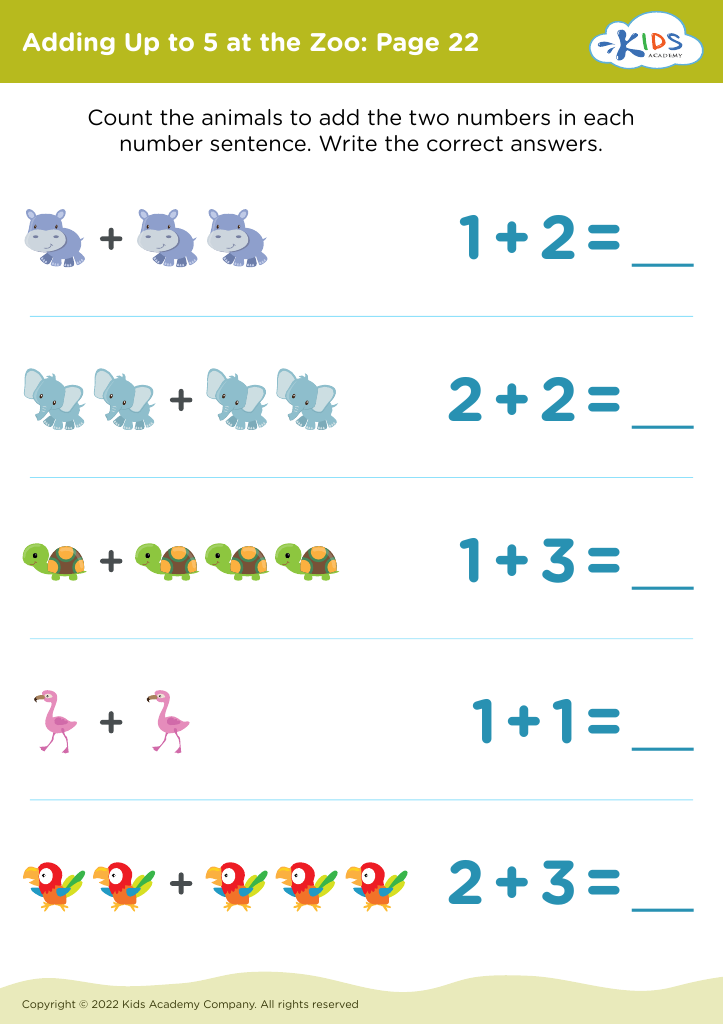
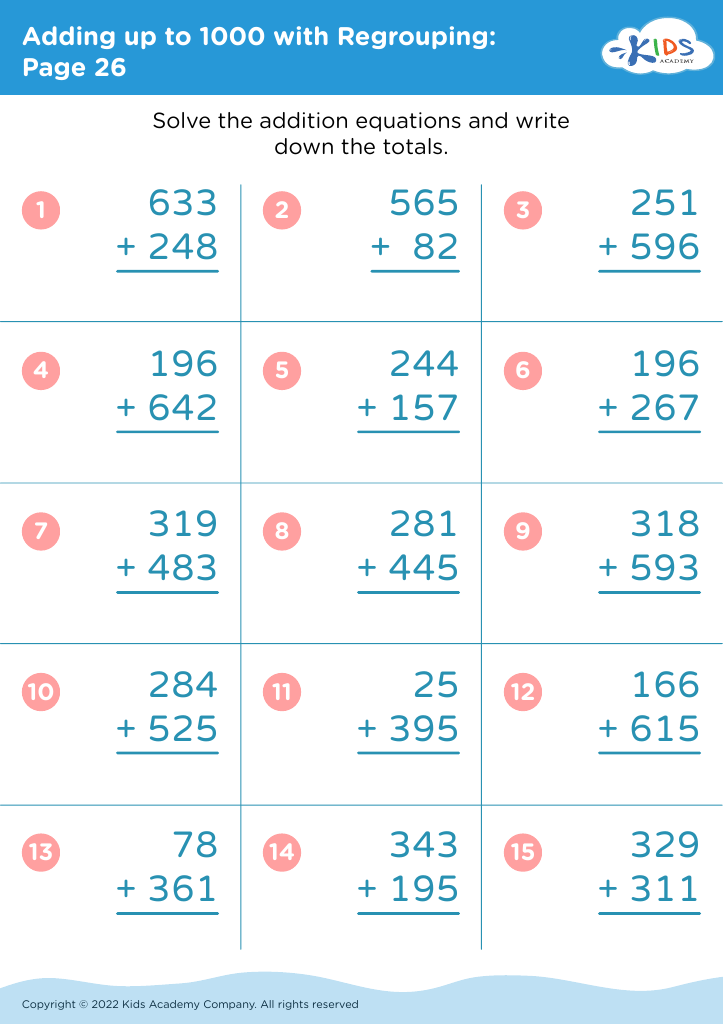
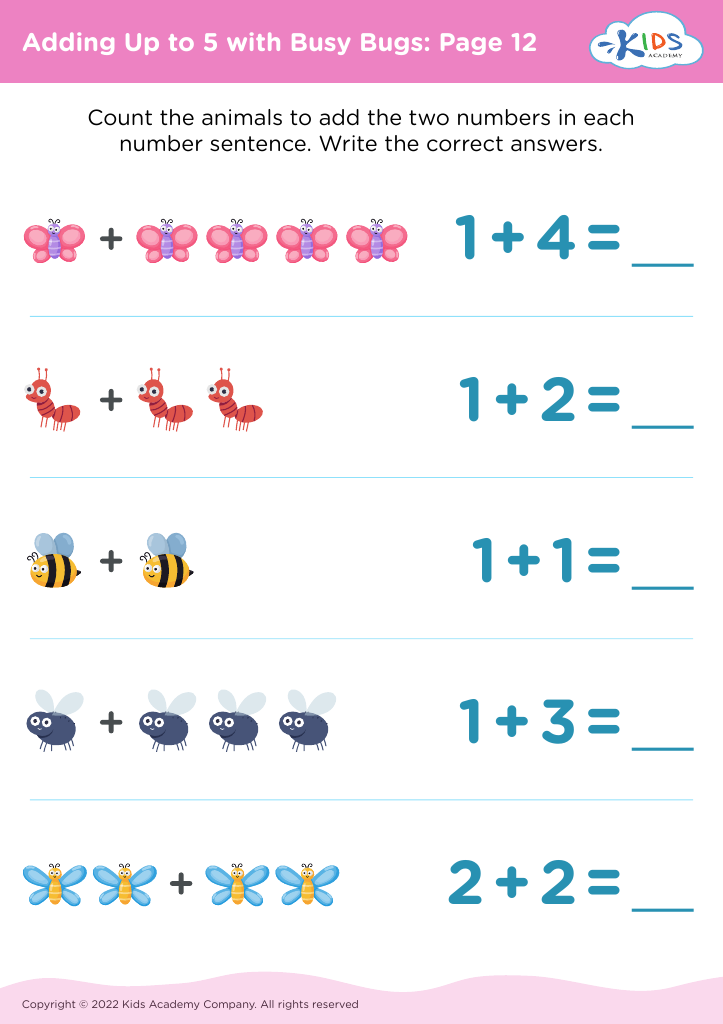
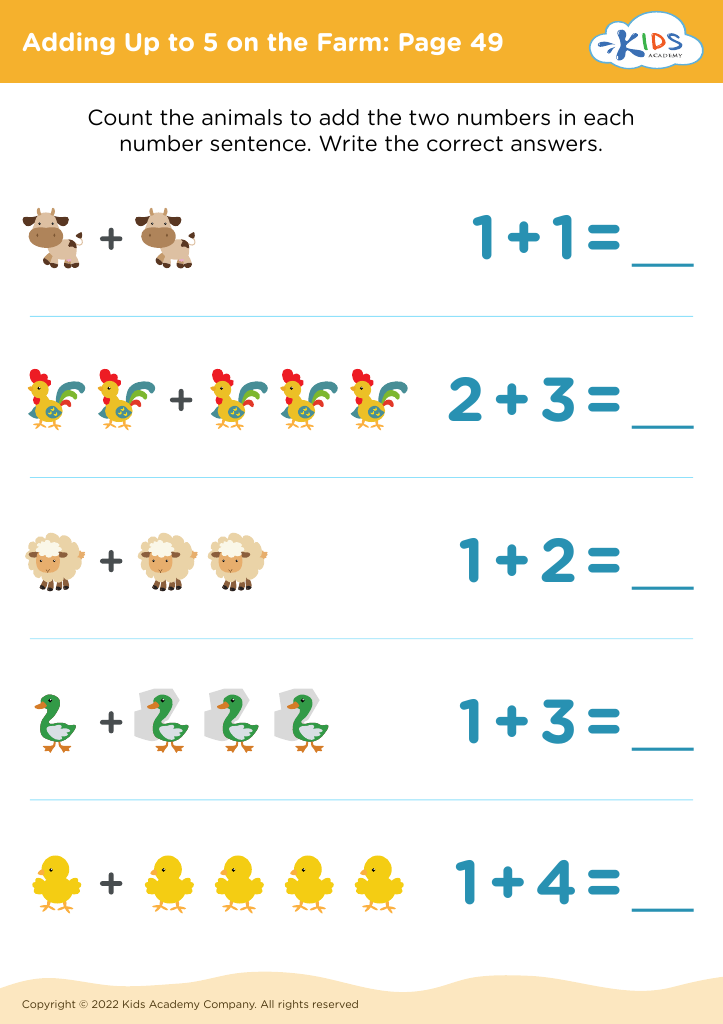


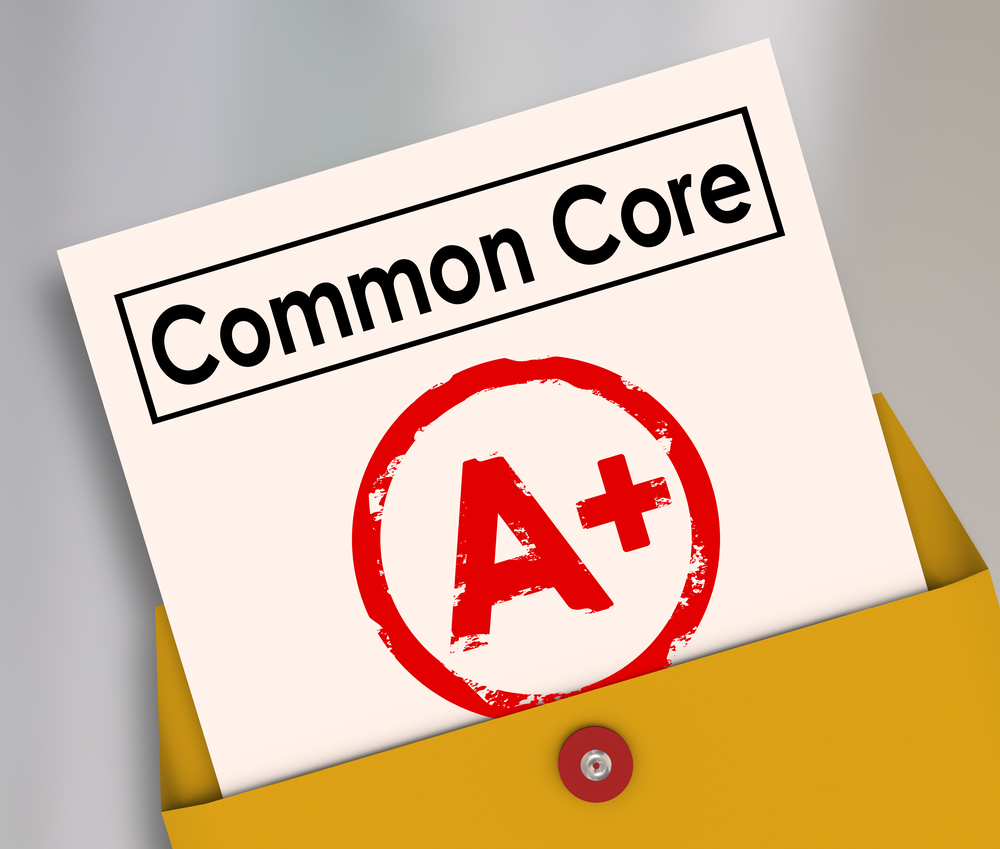

.jpg)



